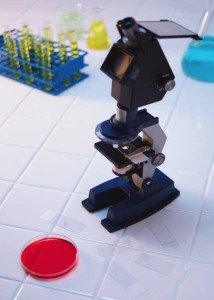
The Issels® Center for Immune-Oncology reports that a study conducted by researchers based at the University of Texas MD Anderson Cancer Center found that the presence of a specific protein molecule in bowel tumor samples indicate a less favorable prognosis.
Samples from patients suffering from bowel cancer were examined for a protein molecule called CSN6. This protein molecule is a regulator for multiple pathways. Among other things, it regulates some cell life cycles. Researchers looked at tissue samples from the actual tumor. In cases where the CSN6 molecule was found to be present, the colorectal cancer prognosis was determined to have a much shorter recurrence-free survival rate. In other words, where this protein molecule was found, those patients were more likely to have a recurrence of the colorectal cancer than in patients whose tumor samples did not contain the protein molecule.
These findings could be helpful in determining the best course of treatment for patients. The molecule itself could potentially be a future treatment target after further studies on its different pathways and possible molecular alterations. Bowel cancer patients can have the tumor tissue sample analyzed for the presence of the CSN6 molecule. If found, those patients would warrant closer monitoring and more frequent follow-up visits to catch future cancer recurrence as soon as possible.
Though these findings sound negative at first reading, they have very positive possibilities for colorectal patients. Using this discovery, higher risk patients could have a better chance of survival than before.
To learn more about the results of this study, or to find out more ways to handle a bowel cancer diagnosis, please contact us today at Issels®.





